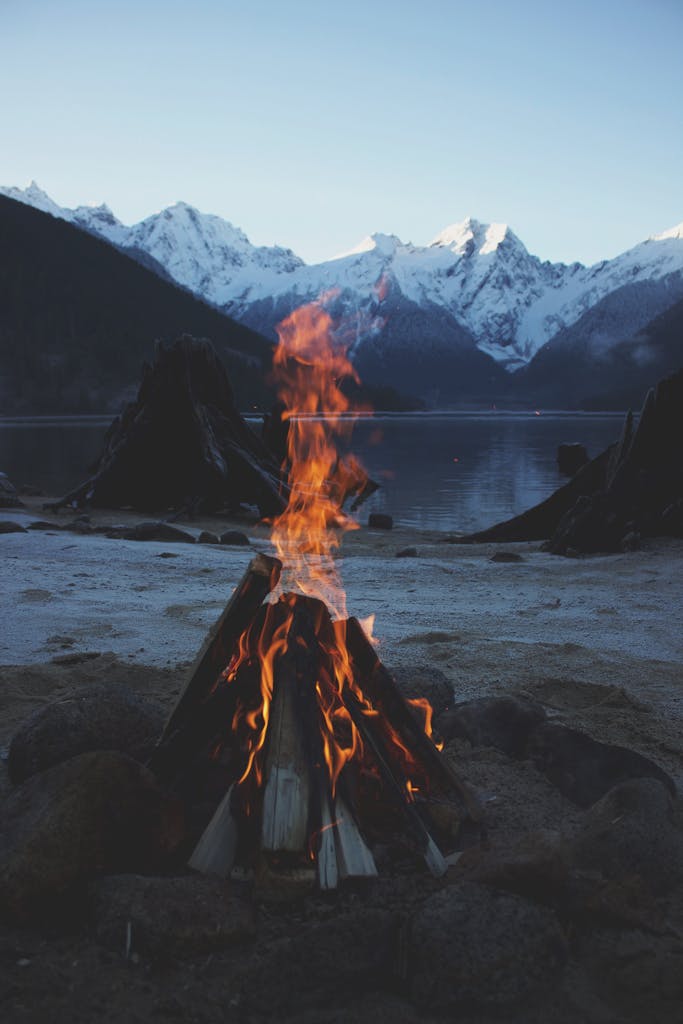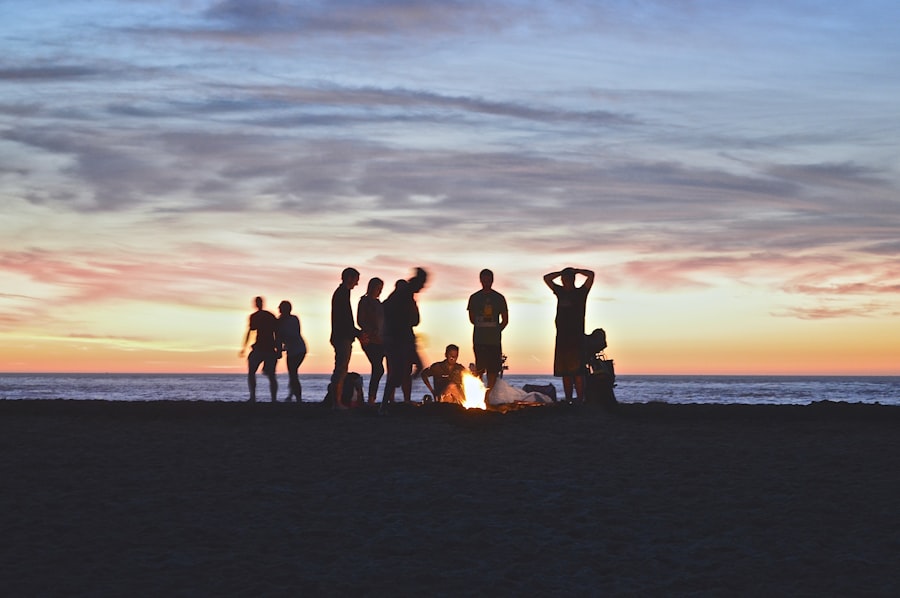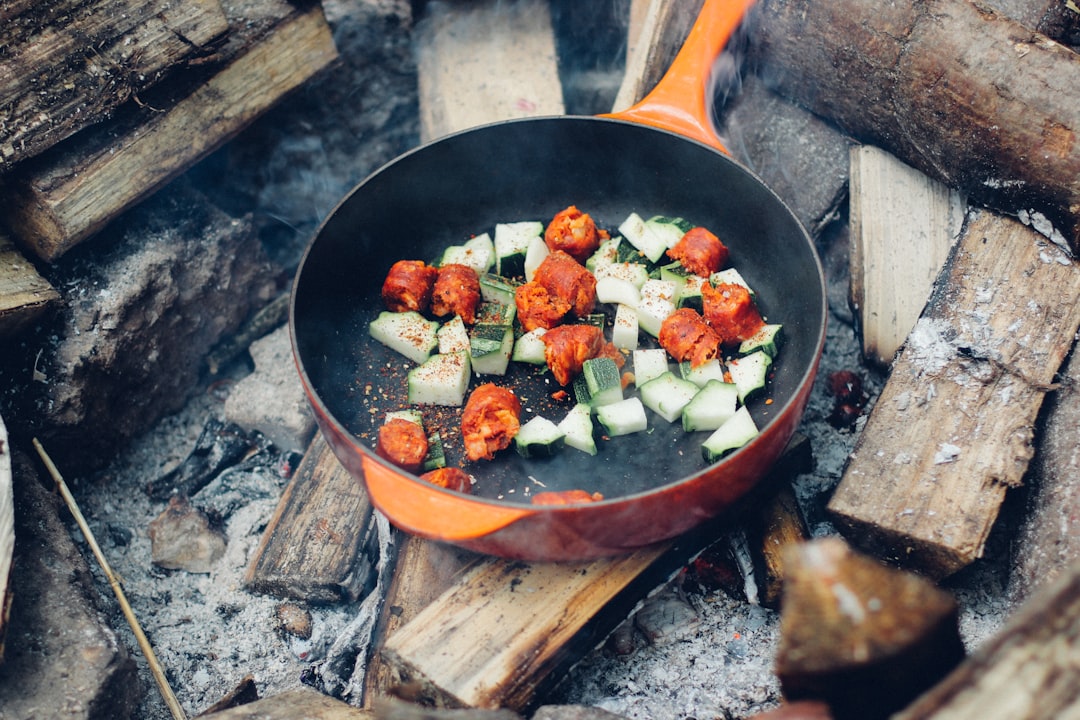Primitive Camping Tips for Exploring the Wilderness
Selecting the ideal location for primitive camping is a critical first step that can significantly influence the overall experience. Factors such as proximity to water sources, terrain type, and accessibility should be carefully considered. For instance, a site near a river or lake can provide a scenic view and a vital resource for hydration and cooking.
However, evaluating the potential risks associated with such locations, including flooding or insect infestations, is essential. A flat, dry area that is elevated from the water’s edge is often preferable, as it minimizes the risk of water-related hazards while offering benefits to nearby resources. In addition to natural features, the legalities of camping in a specific area must be considered.
Many regions have designated camping zones, and understanding local regulations can prevent unwanted surprises. For example, some national parks require permits for backcountry camping, while others may restrict campfires or the use of specific equipment. Researching these regulations ahead of time ensures compliance and enhances safety.
Furthermore, considering the proximity to hiking trails or points of interest can enrich the camping experience, allowing for exploration and adventure without straying too far from the campsite.
Key Takeaways
- When choosing a camping location, consider accessibility, weather conditions, and proximity to water sources and trails.
- Essential gear and equipment for camping include a tent, sleeping bag, cooking supplies, first aid kit, and appropriate clothing for the weather.
- Building a safe and efficient campsite involves finding a flat and dry area, setting up a fire ring, and properly storing food to prevent wildlife encounters.
- Finding and purifying water sources is crucial for staying hydrated while camping, and methods such as boiling, using water filters, or water purification tablets can be used.
- Cooking and food storage while camping requires proper food handling to prevent contamination and attracting wildlife to the campsite.
Essential Gear and Equipment
The right gear can make or break a camping trip; investing in quality equipment is paramount. A durable tent that can withstand various weather conditions is essential; it should be easy to set up and provide adequate protection from rain and wind. For instance, a three-season tent is suitable for most spring, summer, and fall conditions, while a four-season tent is designed for harsher winter conditions.
Sleeping bags rated for the expected temperatures are crucial for ensuring a comfortable night’s sleep. A sleeping pad can also add insulation and cushioning from the ground, enhancing overall comfort. Beyond shelter and sleep gear, cooking equipment plays a vital role in outdoor living.
A portable stove or campfire cooking setup allows meal preparation in the wilderness. Lightweight cookware made from materials like titanium or aluminum can help minimize pack weight while still providing durability. Utensils, plates, and biodegradable soap should also be included in the packing list to ensure proper meal hygiene.
Moreover, a reliable multi-tool can serve various functions, from food preparation to gear repair, making it an indispensable item in any camper’s arsenal.
Building a Safe and Efficient Campsite

Once at the chosen location, establishing a safe and efficient campsite is crucial for comfort and safety. The first step involves selecting a flat area free from debris and potential hazards such as falling branches or sharp rocks. Setting up camp at least 200 feet away from water sources is advisable to minimize environmental impact and reduce the risk of flooding.
Additionally, considering wind direction can help position the tent to offer protection from harsh winds while maximizing ventilation. Creating designated areas within the campsite can enhance organization and safety. Establishing zones for cooking, sleeping, and waste disposal helps maintain cleanliness and reduces the risk of attracting wildlife.
A fire pit should be constructed away from tents and flammable materials, using stones to contain the fire safely. Furthermore, having a clear path to essential areas like water sources or your vehicle can improve efficiency during the trip. By building a well-organized campsite, campers can enjoy their time outdoors with greater peace of mind.
Finding and Purifying Water Sources
| Water Source | Distance from Camp | Purification Method |
|---|---|---|
| River | 2 miles | Boiling |
| Spring | 1.5 miles | Filtering |
| Well | 3 miles | Chemical Treatment |
Access to clean water is one of the most critical aspects of camping, as hydration is essential for health and well-being. Upon arrival at the campsite, it is vital to identify reliable water sources such as streams, rivers, or lakes. However, not all water sources are safe for consumption; therefore, understanding how to purify water is equally important.
Boiling water for at least one minute is one of the most effective methods of killing pathogens. Alternatively, portable water filters or purification tablets can provide convenient options for treating water on the go. When searching for water sources, it’s important to consider factors such as proximity to animal trails or human activity that may contaminate the water supply.
Water that appears clear may still harbor harmful microorganisms; thus, always err on the side of caution by treating any water collected from natural sources. Additionally, storing purified water in clean containers helps prevent recontamination and ensures adequate supplies are available throughout the trip.
Cooking and Food Storage
Proper food preparation and storage are essential components of a successful camping experience. Planning meals ahead of time can streamline cooking processes and minimize waste. Non-perishable items such as dehydrated meals, canned goods, and energy bars are excellent choices for camping trips due to their long shelf life and ease of preparation.
Fresh produce can also be included, but it should be consumed early on the trip to avoid spoilage. Food storage is equally important in preventing wildlife encounters and maintaining food safety. Utilizing bear-proof containers or hanging food bags out of reach from animals is crucial in areas where wildlife is prevalent.
Keeping food sealed in airtight containers preserves freshness and minimizes odors that could attract unwanted visitors. Additionally, establishing a designated cooking area away from sleeping quarters helps maintain hygiene and reduces the risk of attracting animals at night.
Wildlife Safety and Awareness

Understanding wildlife safety is paramount when camping in natural areas inhabited by various species. Familiarizing oneself with local wildlife can help campers take appropriate precautions. For example, knowing how to identify bear tracks or signs of other animals can inform decisions about campsite location and food storage practices.
In regions where bears are common, carrying bear spray and knowing how to use it effectively can provide an added layer of safety. Moreover, maintaining awareness of one’s surroundings is crucial while hiking or exploring outside the campsite. Making noise while walking can alert animals to human presence, reducing the likelihood of surprise encounters.
Traveling in groups when possible is also advisable, as larger groups tend to deter wildlife more effectively than individuals or small parties. In case of an encounter with wildlife, it is often recommended to remain calm and back away slowly without turning one’s back on the animal.
Leave No Trace Principles
Adhering to Leave No Trace principles is essential for preserving natural environments for future generations. These principles advocate for responsible outdoor ethics that minimize human impact on nature. One fundamental tenet is to camp on durable surfaces such as established campsites or rock areas rather than creating new sites that can lead to soil erosion and habitat destruction.
Additionally, properly disposing of waste—whether through packing out trash or using designated restroom facilities—ensures that natural areas remain clean and enjoyable for all visitors. Another critical aspect of Leave No Trace is respecting wildlife by observing animals from a distance without disturbing their natural behaviors. Feeding wildlife alters their instincts and can lead to dangerous encounters with humans.
Campers should also be mindful of fire regulations. When permitted, using established fire rings helps prevent wildfires and protects fragile ecosystems from damage caused by open flames.
Emergency Preparedness and Communication
Preparing for emergencies while camping is vital for ensuring safety in unpredictable outdoor environments. Carrying a well-stocked first aid kit tailored to specific needs—such as allergies or pre-existing conditions—can make a significant difference in managing injuries or illnesses that may arise during a trip. Additionally, knowing basic first aid procedures equips campers to handle minor injuries effectively until professional help can be accessed if necessary.
Communication is another critical component of emergency preparedness. In remote areas where cell service may be unreliable or nonexistent, carrying a satellite phone or personal locator beacon (PLB) can provide peace of mind by enabling contact with emergency services if needed. Establishing a communication plan with friends or family before heading out ensures that someone knows your itinerary and expected return time, which can be crucial if plans change unexpectedly due to weather or other factors.
By prioritizing emergency preparedness and communication strategies, campers can enjoy their outdoor adventures with greater confidence in their safety measures.
If you’re interested in primitive camping, you may also want to check out this article on stealth camping. Stealth camping involves finding hidden or discreet spots to set up camp, allowing for a more secluded and off-the-grid experience. It’s an excellent option for those looking to immerse themselves in nature and truly escape the crowds.
FAQs
What is primitive camping?
Primitive, backcountry, or wilderness camping involves a natural environment with minimal amenities. It typically takes place in remote areas away from developed campgrounds and facilities.
What are the characteristics of primitive camping?
Primitive camping often involves hiking or backpacking to a remote location, where campers set up their tents or shelters. Campers must rely on their skills and resources for cooking, water purification, and other basic needs. There are usually no designated campsites or amenities such as restrooms, showers, or electricity.
What are the benefits of primitive camping?
Primitive camping allows campers to experience a deeper connection with nature, a greater sense of solitude, and self-reliance. It also provides opportunities for more adventurous and off-the-beaten-path experiences and the chance to explore and appreciate pristine natural environments.
What should I consider before going primitive camping?
Before embarking on a primitive camping trip, it’s essential to research and plan for the specific location, including obtaining any necessary permits or permissions. Campers should also be prepared with appropriate gear, including navigation tools, first aid supplies, and knowledge of Leave No Trace principles to minimize their environmental impact.
What are some safety considerations for primitive camping?
Safety is crucial in primitive camping, as campers may encounter wildlife, challenging terrain, and unpredictable weather conditions. It’s essential to be prepared for emergencies, such as carrying a first aid kit and knowing how to signal for help. Campers should also be aware of potential hazards, such as poisonous plants or dangerous wildlife.

